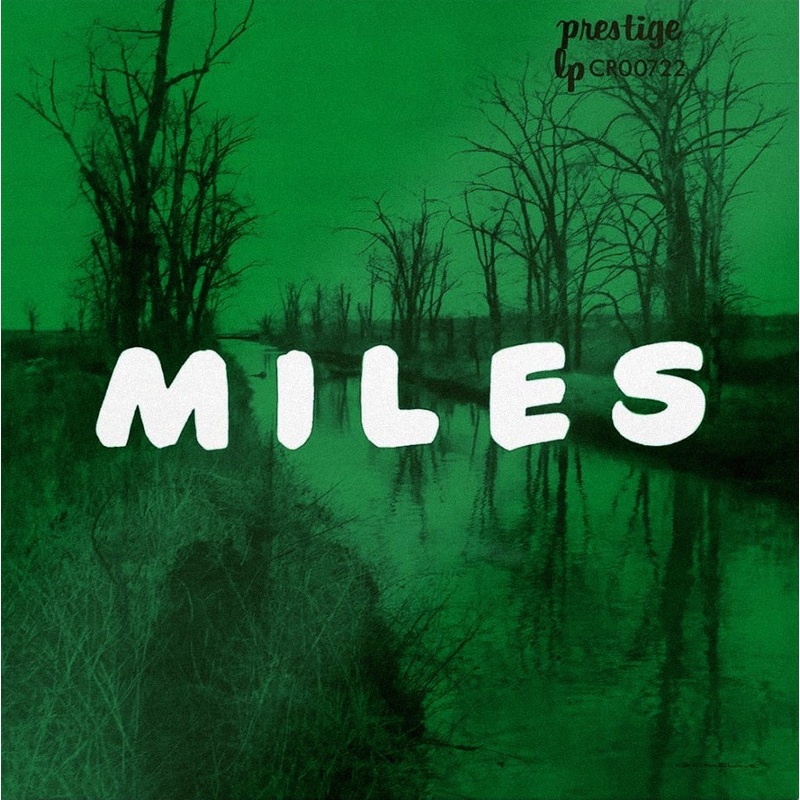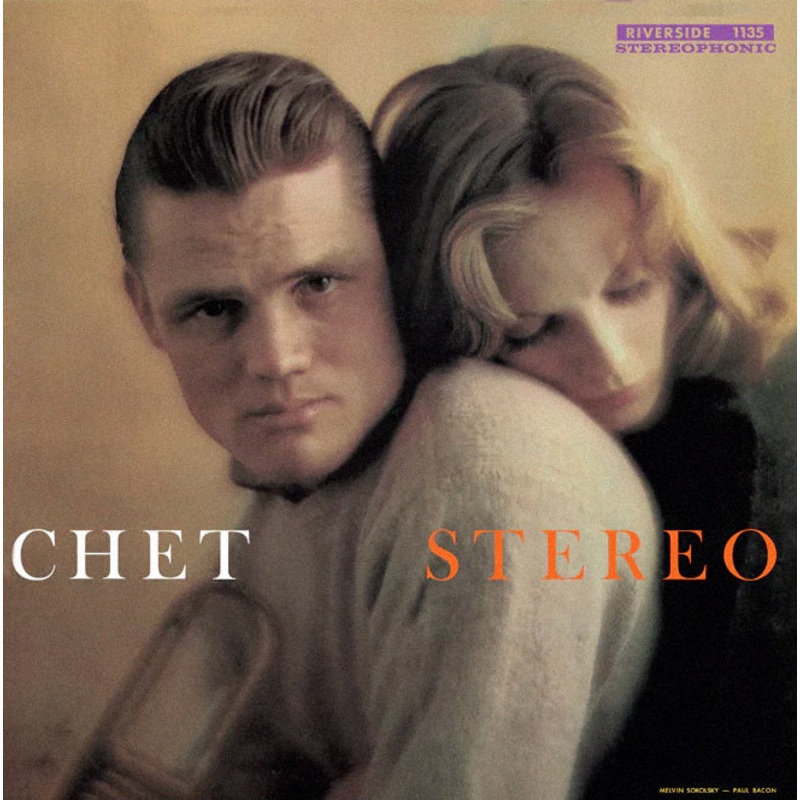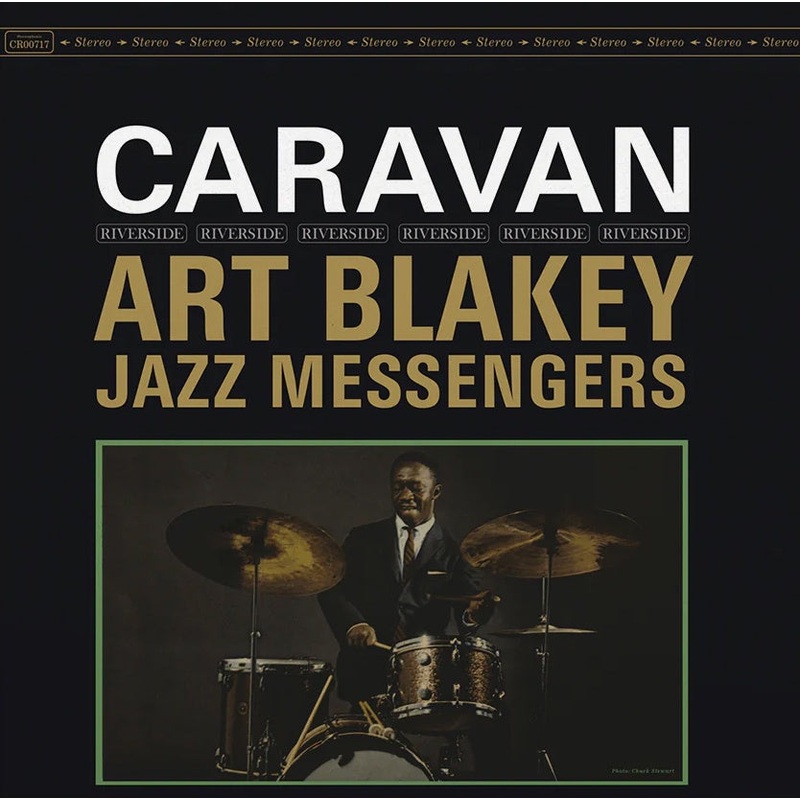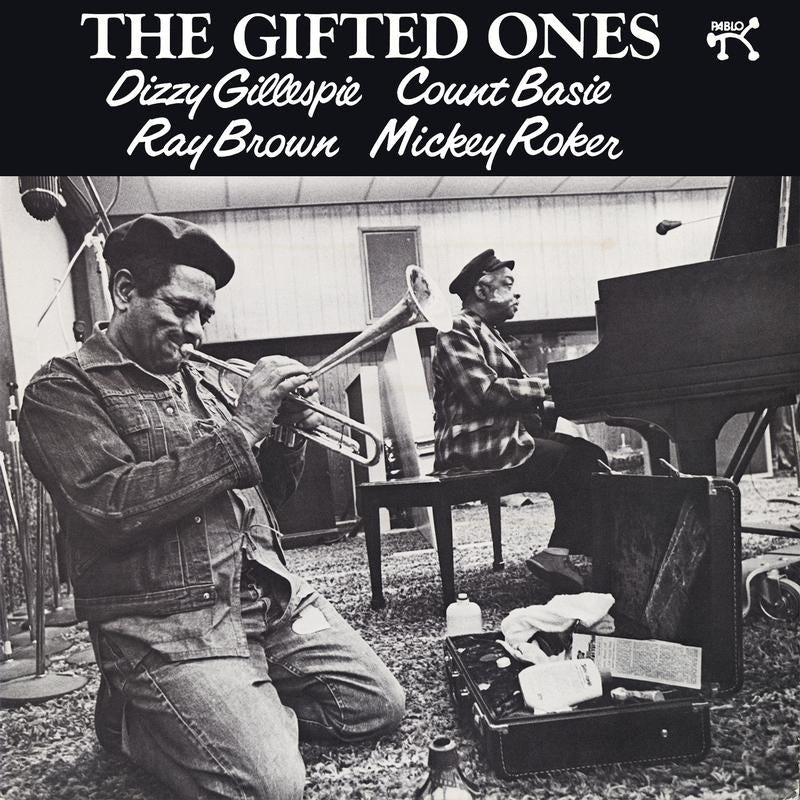The New Miles Davis Quintet – Miles (2024 Reissue)
The New Miles Davis Quintet made its first visit to the recording studios on November 16, 1955. By October 26, 1956, when they made their last session for Prestige, Davis had signed with recording giant Columbia, he had featured the most influential band i
The New Miles Davis Quintet made its first visit to the recording studios on November 16, 1955. By October 26, 1956, when they made their last session for Prestige, Davis had signed with recording giant Columbia, he had featured the most influential band in all of jazz (which would spawn the most charismatic musician of the ’60s), and was well on his way toward international stardom. Listen toThe Musings of Miles, an earlier quartet date with bassistOscar Pettiford, then listen to the difference bassistPaul Chambersand tenor saxophonistJohn Coltranemake.Philly Joe Jones‘ dancing hi-hat reverie introduces “How Am I to Know,” and the band takes it at a galloping tempo. The youthful bassist pushes the music into more modern directions with his solid time, driving beat, ringing tone, and uncanny sense of melodic counterpoint. He opens the music right up, and his rhythmic flexibility frees upJonesto play ahead of the beat and instigate an insistent polyrhythmic dialogue. From the finger-snappin’ opening groove ofBenny Golson‘s “Stablemates,” it’s clear that this rhythm section just swings harder (and in more different styles), than anyone this side ofBasie’s All-Americansor the drummer-led bands ofArt BlakeyandMax Roach.
InRed Garland, the trumpeter found a pianist who understood his idea about touch, voicings, and space, and was able to orchestrate in the expansive style Davis favored. (Listen to his discreetly rocking, two-handed intro to “Just Squeeze Me,” or his rhapsodic responses to Davis’ little boyish Harmon mute on “There Is No Greater Love.”) AndColtrane‘s restless, turbulent lines show how Davis had finally found his perfect foil, much as the trumpeter’s introspective lyricism complementedCharlie Parker‘s harmonic flights. On “S’Posin’,”Trane follows Davis’ lilting, floating mute work by getting right on top of the beat with relentless syncopations. On the vaudevillian airs of “The Theme,” he answers Davis’ playful melodies by scurrying about with the screaming intensity of a blues guitarist, playing catch-up-and-fall-behind, trying to double- and triple-up with every other breath. via Label
From the Craft Recordings Original Jazz Classics Series
Produced on audiophile-quality vinyl from Craft Recordings
All-analog mastering from the original tape by Kevin Gray at Cohearent Audio
Pressed on 180-gram vinyl at RTI
Presented in tip-on jackets with OBI strip
Label: Prestige, Craft Recordings
Series: Original Jazz Classics
Format: Vinyl, LP, Album, Reissue, Mono, 180 gram
Country: Worldwide
Reissued: 2024 / Original Release: 1956
Genre: Jazz
Style: Bop
File under: Audiophile Jazz






Reviews
There are no reviews yet.